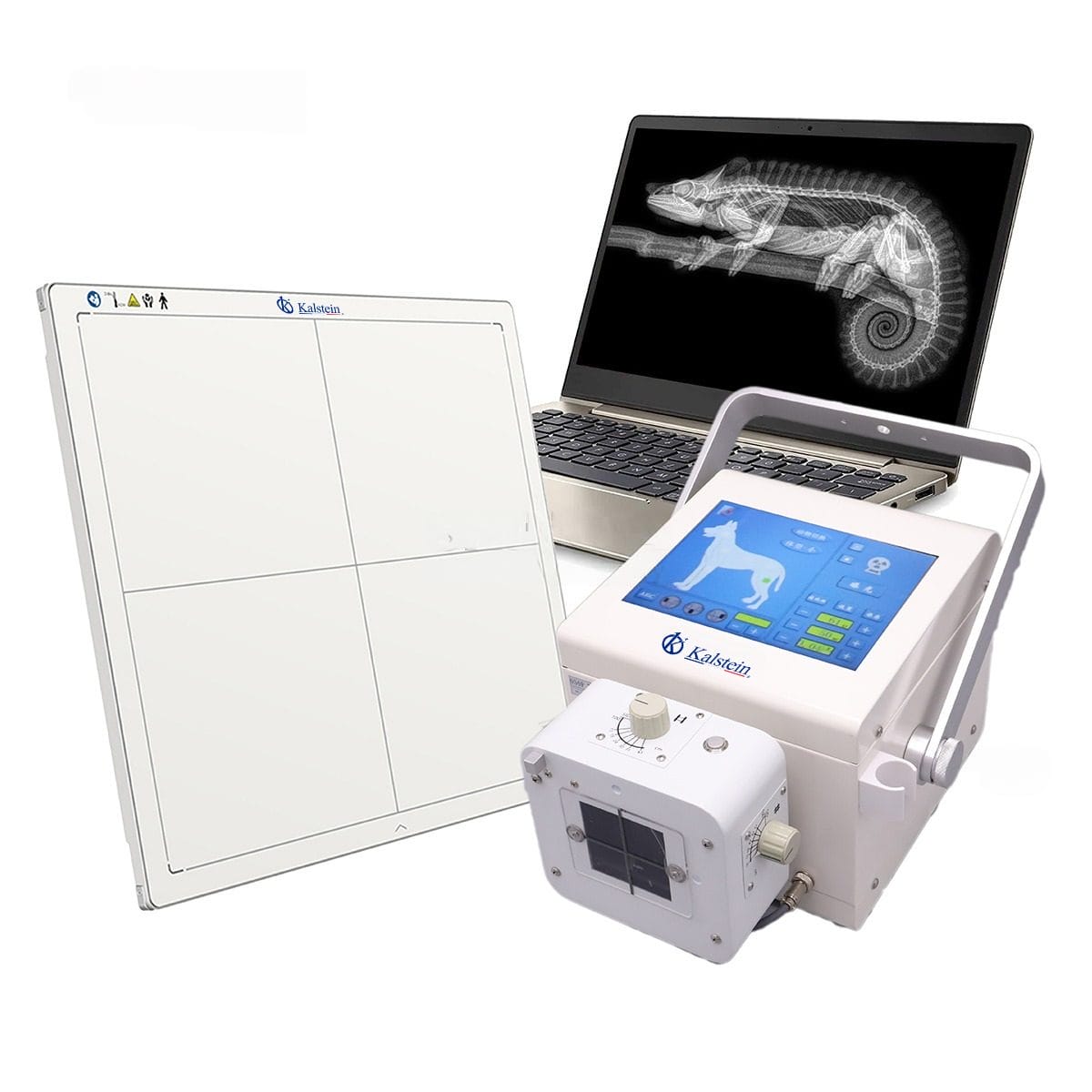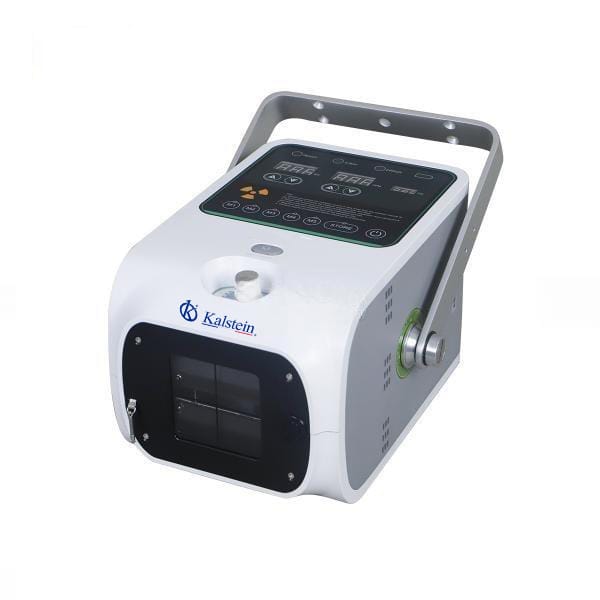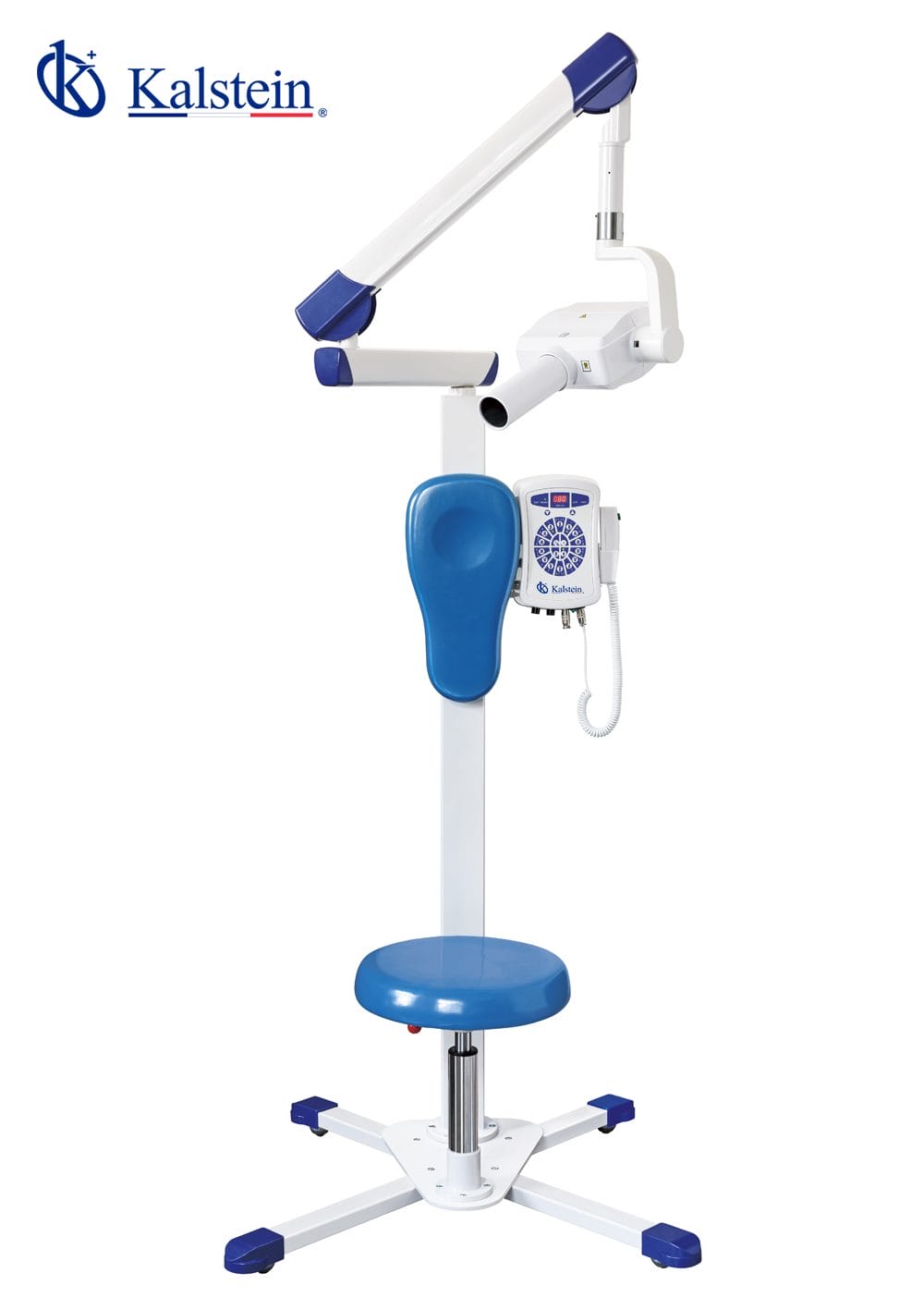Oral, head and neck cancer ranks sixth in the most common types of cancer around the world and accounts for 6% of all tumors. The majority of these neoplastic processes are squamous cell carcinomas that develop in the upper part of the throat as a result of exposure to different risk factors. The diagnosis of these lesions begins with the clinical examination and is confirmed with the histopathological study that shows the presence and degree of dysplasia; however, they do not allow to determine the degree of invasion and the metastatic potential. It usually occurs in advanced stages and primarily in older men.
Currently there is a growing effort devoted to oral cancer research, focusing on the identification of biological indicators for diagnosis and biological aggressiveness, using saliva as a sample of choice through the detection of biomarkers present in it.
In a recent study carried out at a Spanish university, biomarkers were determined in saliva involved in the cell cycle, apoptosis or related cellular processes, since they are expressed in early stages of the disease and may be useful in early diagnosis of the disease oral cancer. The research consists of a systematic review and a meta-analysis of those markers in saliva that are more effective for the early detection of oral cancer in different clinical trials. Their results have just been published in the Journal of Oral Pathology and Medicine, the official journal of the International Association of Oral Pathologists, area of Odontology, Oral Surgery and Medicine.
As explained by the principal investigator of the group of scientists in charge of this research, “the detection of this type of squamous cell cancer on the surfaces of the mouth depends fundamentally on the visual examination of the oral health professionals”. That is why it is important to find new diagnostic methods to help early detection in a more accurate way. Above all, if we take into account that oral cancer is the most frequent origin of other tumors in the head and neck, and that it is growing among the young population, due to the consumption of tobacco and alcohol “.
What are these new types of biomarkers?
These biomarkers in saliva are two types of cytosines (IL-8 and IL1-β) proteins involved in cell proliferation and differentiation; two markers present in the ribonucleic acid that transfers the genetic code, the messenger RNA or mRNA (DUSP-1 and S100P); and two more in the microRNA (miRNA) of saliva.
The two biomarkers of mRNA were the most effective in this study for the early detection of oral squamous cell carcinoma and cancer of the neck and head, comparing the results obtained in the 17 clinical trials reviewed in the investigation. Noting also that the microRNAs should be studied in greater depth.
The microsRNA, are molecules produced in cells that have the ability to control the activity and evaluate the behavior of multiple genes simultaneously. The researchers believe that these may contain the key to early detection of cancer. The appearance of a microRNA profile in saliva also represents an important step in the early detection of oral cancer.
So in another recent study by Dr. David T. Wong of the University of California, Los Angeles School of Dentistry and colleagues measured the levels of micron RNA in the saliva of 50 patients with oral squamous cell carcinoma. Detecting approximately 50 microsRNA. Two specific microsRNA had a significantly lower presence in oral cancer patients than in healthy control patients.
Motivated by the development of these new determinations in the area of molecular biology at Kalstein, we offer you an excellent range of thermocyclers ranging from economic options to the most advanced equipment, recognized for their reliability, precision and ease of use. That’s why we invite you to take a look at our incubators available at: HERE



